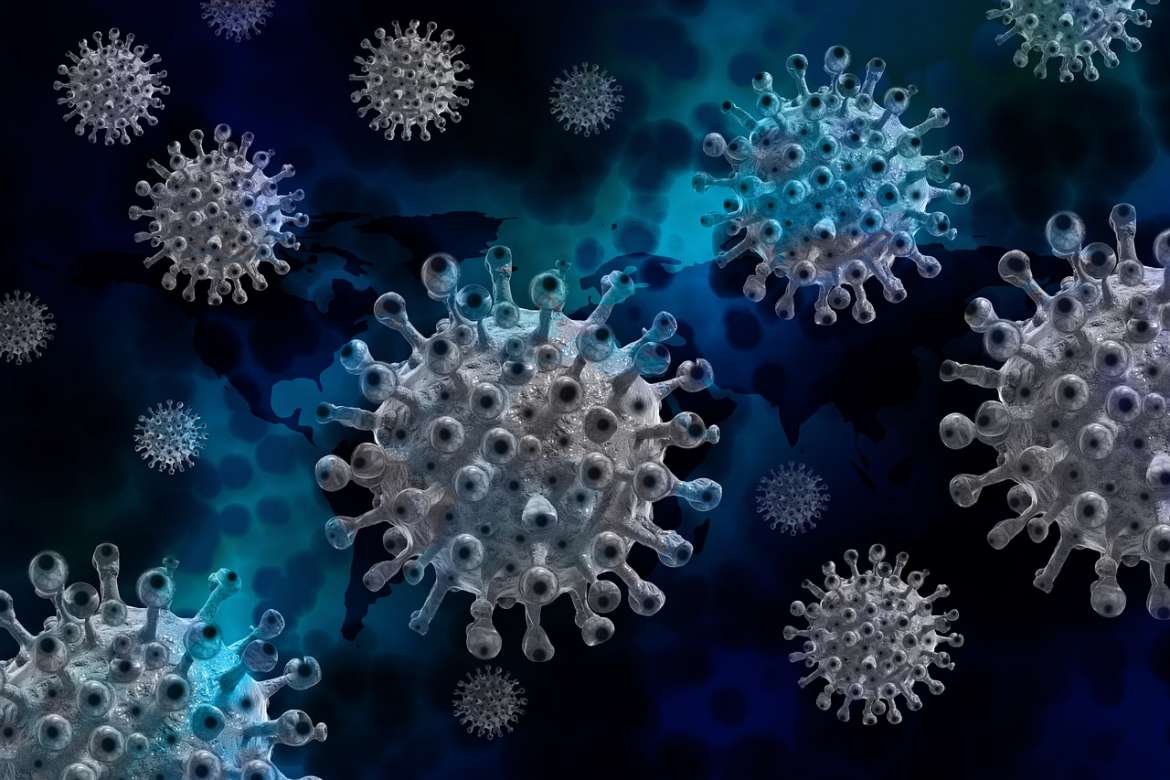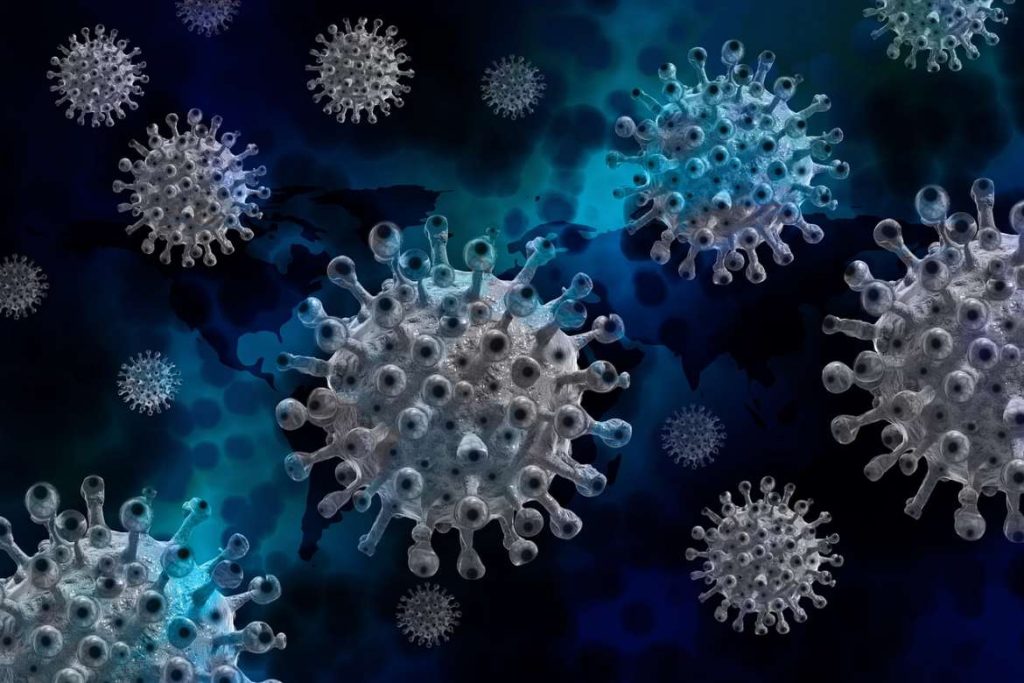
As Poslovni Dnevnik writes on December the 13th, 2020 – Croatian Epidemiologist Goranka Petrovic from the Croatian Institute of Public Health commented on the ongoing coronavirus pandemic in Croatia for N1 and explained what exactly the statistical data that the National Civil Protection Headquarters publishes every day means.
Despite new anti-epidemic measures to prevent the virus from spreading, the numbers are still not falling…
“How successful the measures will be depends on how well we all adhere to those measures. It’s to be expected that in fifteen days to three weeks we’ll notice a significant drop in the number of newly infected people and that we will break this growing curve. As far as hospitalizsd and fatal outcomes are concerned, unfortunately we have to wait even longer for improvements in terms of reduction because they always come later,” explained Goranka Petrovic.
“We have a large increase in new infections, and the share of deaths is continuously around 1.4-1.5 percent. If we divide the percentage of those 4,000 to 4,500 infected people, we get that number of 60-70 deaths,” she added.
Goranka Petrovic stated that for some people, recovery from the novel coronavirus can take several months.
“Coronavirus, in severe forms, also affects younger people who don’t have any underlying or chronic diseases. Fortunately, this tends not to end in death. However, they also end up being placed on oxygen, and can even end up on a respirator and require mechanical ventilation. Their recovery takes some time. There’s more and more talk about this post-covid condition, which is also present in younger people who need a couple of months to recover from the severe form of the disease they had,” said Goranka Petrovic, going on to state what sort of issues these people face.
“They have this feeling of weakness, general exhaustion, muscle and joint pain, sometimes fever, and what is worrying is that some of the people who had milder forms of the disease had changes in both the central nervous system and in the heart.
“A large number of patients, about 80 percent of them, have very mild clinical pictures, and the remaining 20 percent have extremely severe clinical pictures. These severe clinical pictures don’t appear immediately at the onset of the first symptoms of the illness but in the second week, and are largely attributed to the immune response to the virus. When these complications occur, these people are usually not contagious, but the immune system overreacts, and disorders are created that lead to the collapse of the general condition of the body,” explained Goranka Petrovic.
She added that it isn’t possible to predict who will have a more severe clinical illness, but the elderly and those with some chronic diseases are generally at greater risk.
Goranka Petrovic also referred to the figures that the National Civil Protection Headquarters publishes every day and explained in detail how they calculate the share of new positives in the number of infected people.
“We continuously monitor the number of newly infected people who were tested that day. If we add people who were previously tested and were positive and have now for some reason been tested again and counted there among the number of active infections, then that share would fall to about 20 percent. If we look only at people who are positive for the first time, then unfortunately that percentage has been over 30 percent for weeks, most often around 35 percent,” she explained.
How should we all behave during the festive period?
Speaking about the upcoming festivities, Goranka Petrovic pointed out that it is necessary to adhere to the anti-epidemic measures during that time due to the unfavourable epidemiological situation.
“We’re entering a very unfavourable period now, considering that the Christmas period is coming, which traditionally represents a time when we spend a lot more time together. Unfortunately, we’re now in such a bad epidemiological situation that such things are simply ruled out,” she stated.
Petrovic also gave some instructions on how to behave in the coming days if we want to visit someone who is at risk during the Christmas period.
”The best thing we can do is reduce the number of contacts during the upcoming Christmas period and limit ourselves to our own social bubbles where we choose a few people who have approximately the same risk of exposure and not have contact with other people. If we decide to visit someone we haven’t seen in a long time, the ECDC recommends that we put ourselves in voluntary quarantine for 10 to 14 days beforehand, that we have no risky contacts and after that quarantine, provided we don’t develop any symptoms, we then visit that person. We need to be aware that this may be the last visit for that person if we choose to visit them and are unknowingly infected with the novel coronavirus,” she warned.
Since the beginning of the pandemic, there have been some conflicting views on how much masks protect us from the coronavirus.
“Even if a person gets sick, the amount of virus they will receive is smaller if masks are worn and they’re therefore more likely to have a milder form of the disease than if no masks are worn. The mask definitely reduces the amount of virus in the circulation among people wearing them,” concluded Goranka Petrovic.
For the latest travel info, bookmark our main travel info article, which is updated daily.
Read the Croatian Travel Update in your language – now available in 24 languages
Join the Total Croatia Travel INFO Viber community.









